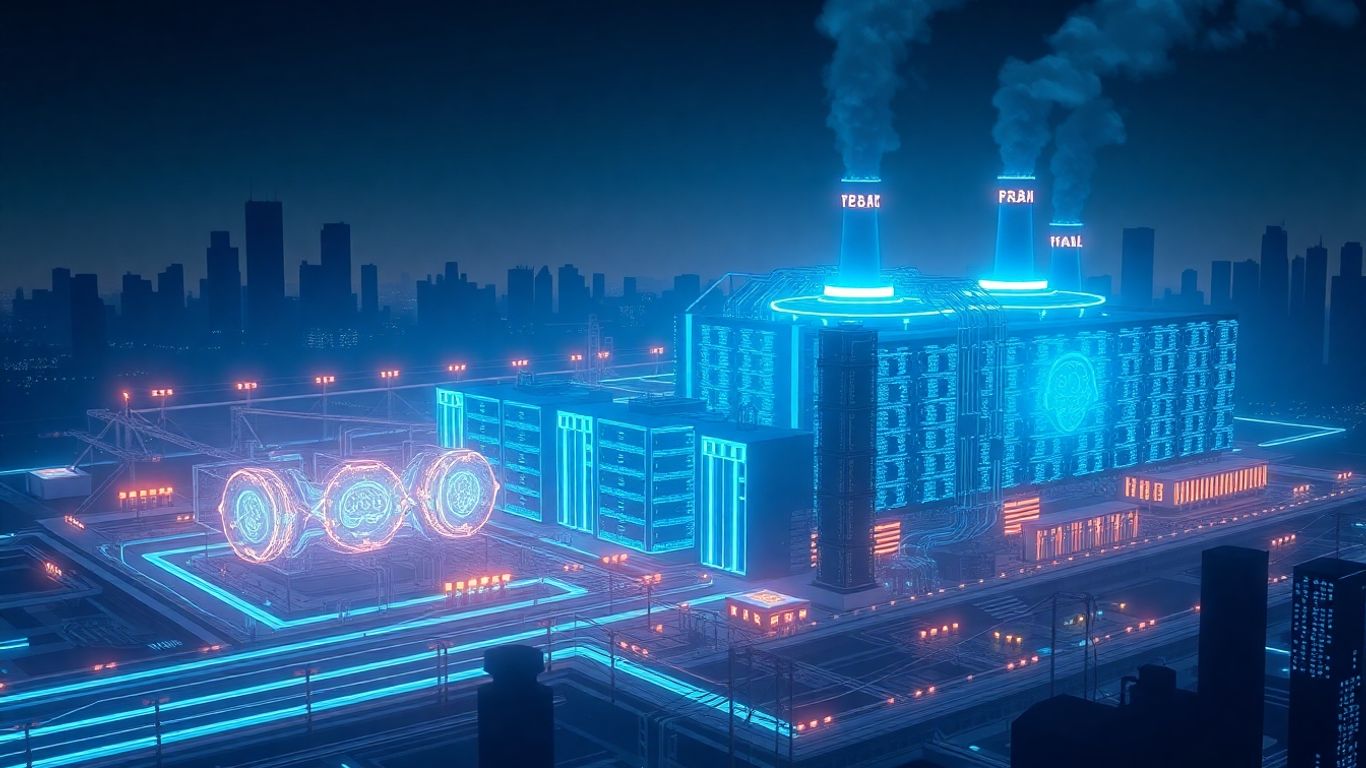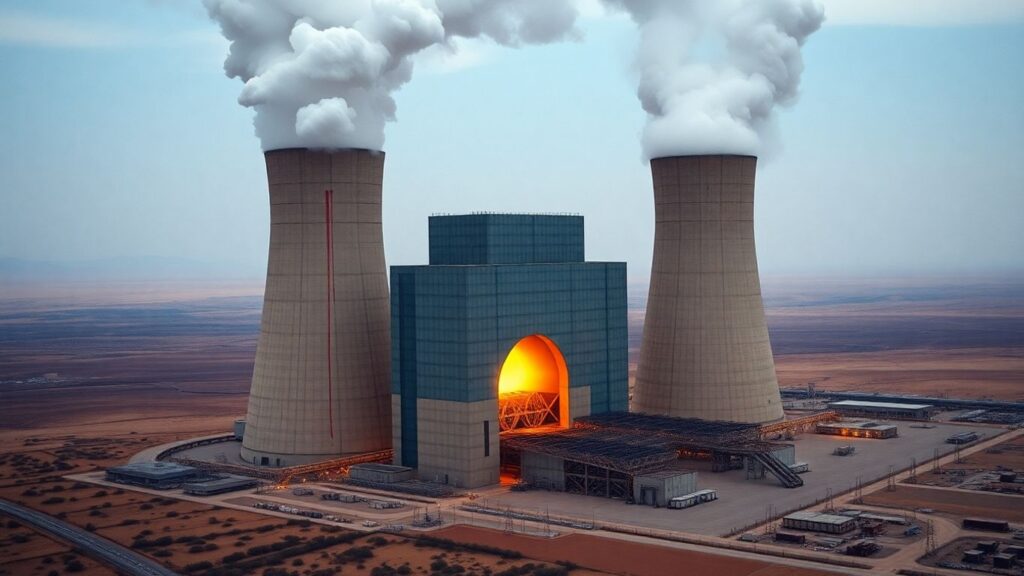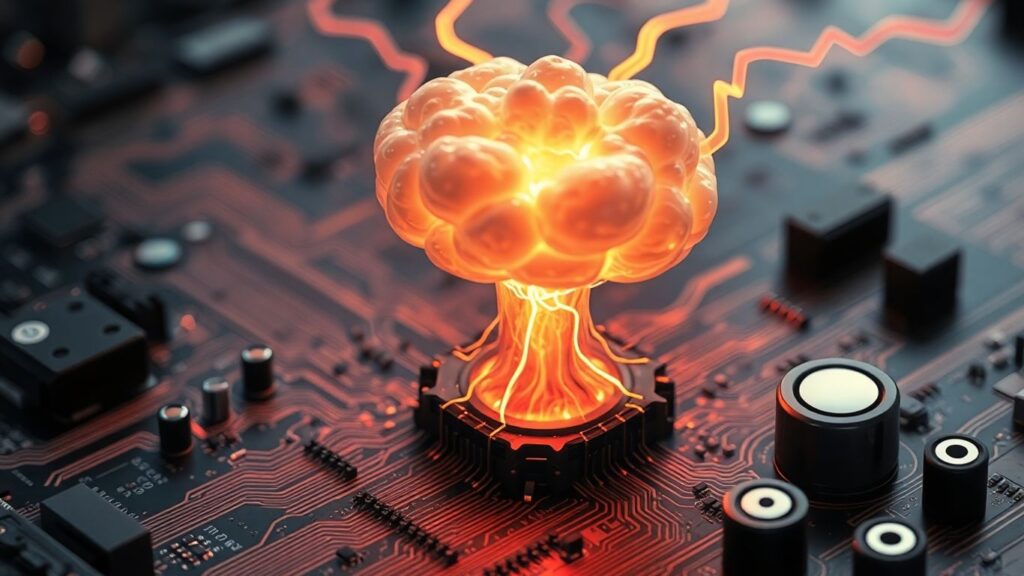Major technology companies, including Meta, Google, and Amazon, are increasingly turning to nuclear power as a critical energy source to meet the escalating demands of artificial intelligence and data centers. This strategic shift aims to provide the immense, reliable, and carbon-free electricity required for advanced computing while aligning with ambitious emission reduction goals.
Key Takeaways
- Tech giants are forging long-term agreements for nuclear power to ensure a stable and clean energy supply for their AI initiatives.
- Investments are targeting both existing nuclear plants and the development of advanced small modular reactors (SMRs).
- This move addresses the dual challenge of rapidly increasing energy consumption and the imperative to decarbonize operations.
The AI Energy Crunch
The rapid advancement and widespread adoption of artificial intelligence have created an unprecedented demand for electricity. Data centers, the backbone of AI operations, consume vast amounts of power, straining existing grids and challenging companies’ sustainability commitments. Traditional energy sources, often reliant on fossil fuels, are insufficient and incompatible with the urgent need to reduce carbon emissions.
Tech Giants Embrace Nuclear
Companies like Meta, Google, and Amazon are responding by making significant investments in nuclear energy. Meta has secured a 20-year deal for nuclear power to support its AI and computing needs, expanding the output of a Constellation Energy plant. Microsoft is planning to restart a reactor at the Three Mile Island facility to power its data centers. Amazon and Google have announced investments in small modular nuclear reactors (SMRs), a newer, potentially more scalable nuclear technology.
The Promise of Small Modular Reactors
Small modular reactors are seen as a key component of the future energy landscape. These advanced reactors are designed to be smaller, more cost-effective to build, and deployable in stages. Companies like Kairos Power and X-energy are developing these SMRs, with tech giants providing crucial investment and customer commitments to help bring them to market. The U.S. government is also supporting this development, recognizing SMRs as a vital tool for achieving clean energy goals.
Challenges and the Road Ahead
Despite the growing interest, challenges remain. The development and deployment of new nuclear technologies require significant investment, regulatory approval, and overcoming public perception hurdles. Furthermore, the existing transmission grid infrastructure needs substantial upgrades to handle the distribution of this power effectively. While nuclear power offers a reliable, carbon-free solution, it is part of a broader strategy that also includes continued investment in solar and wind technologies.
A Greener Future for AI
By turning to nuclear power, these tech leaders are signaling a commitment to powering the future of AI and computing in a more sustainable manner. This strategic pivot is essential for meeting the immense energy needs of the digital age while actively contributing to global climate change mitigation efforts.
Sources
- Big Tech’s big bet on nuclear power, CBS News.
- Meta becomes the latest big tech company turning to nuclear power for AI needs, AP News.
- Google joins Big Tech’s move into nuclear power, and other top energy stories, The World Economic Forum.
- Amazon and Google are dueling with nuclear for data center power, AP News.












